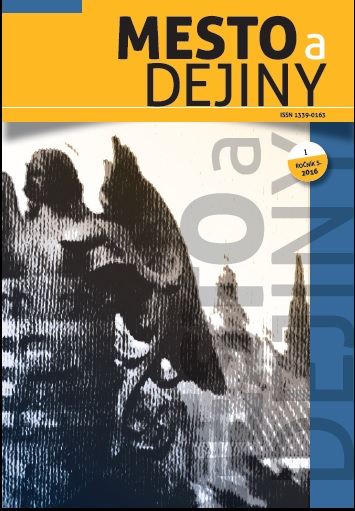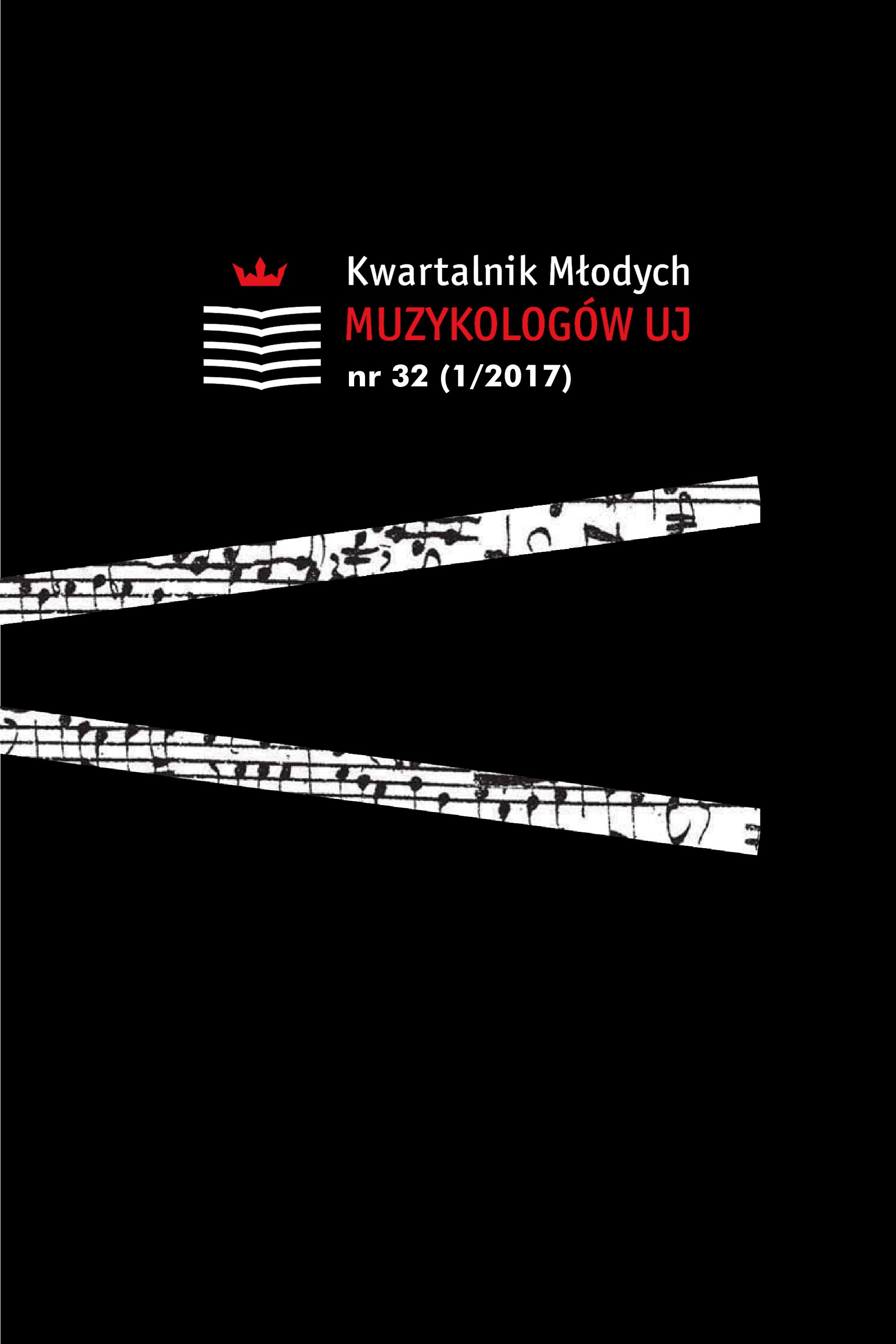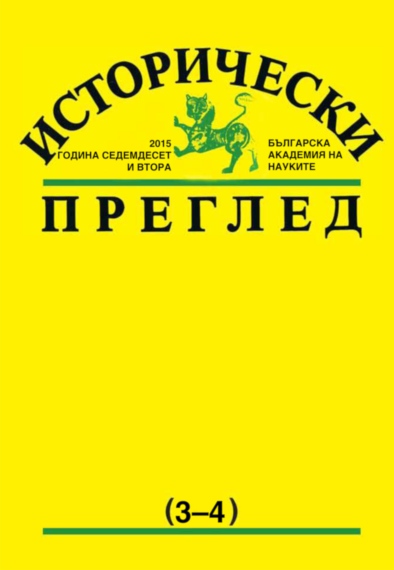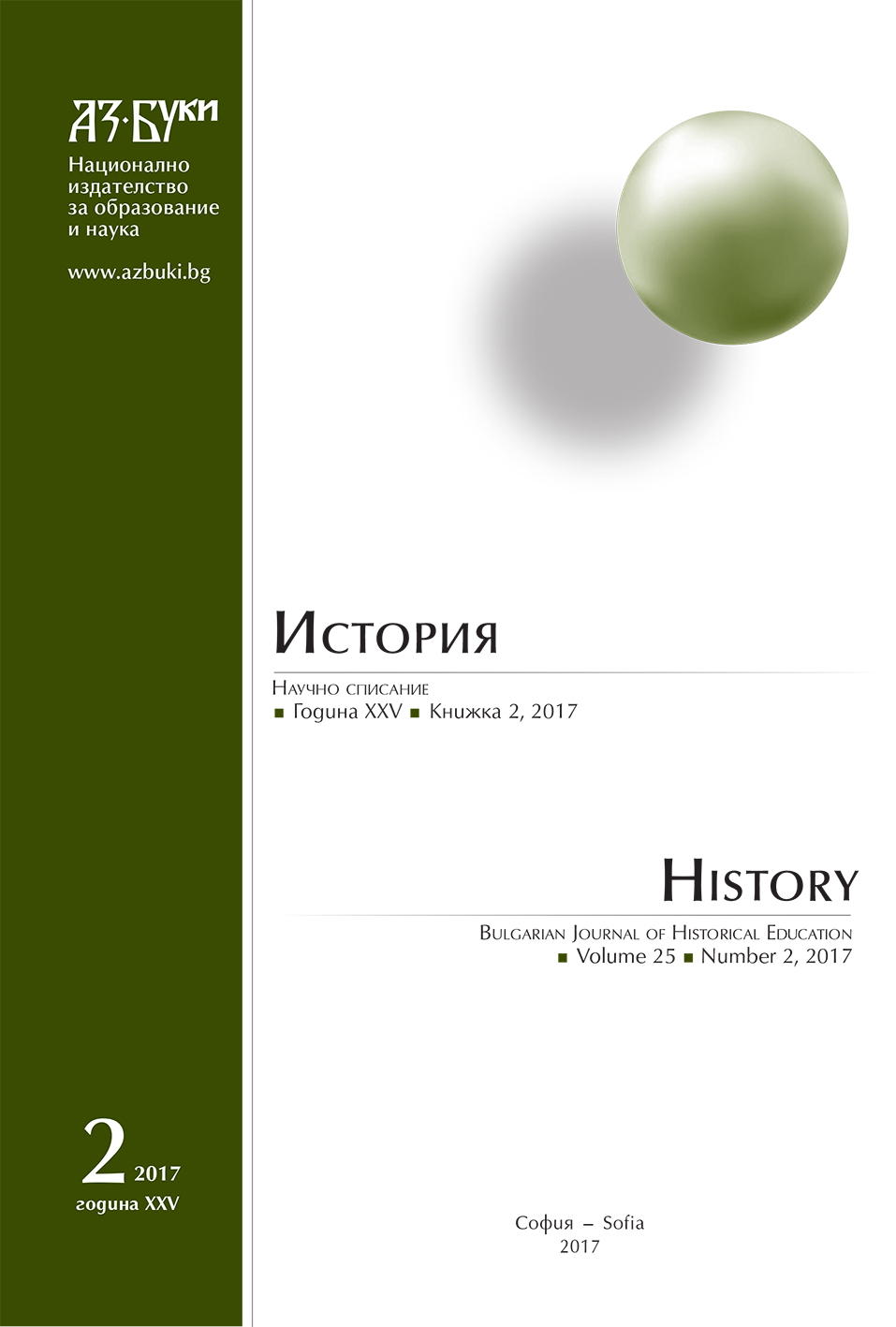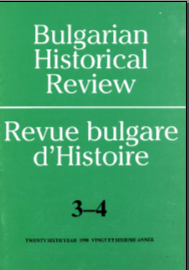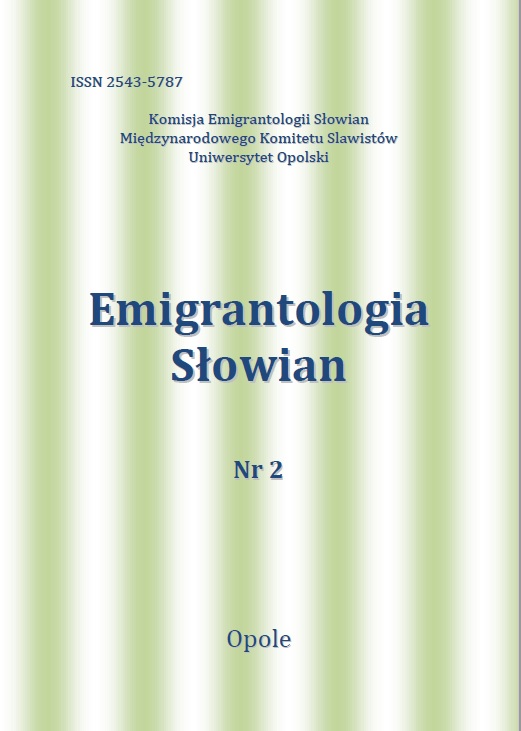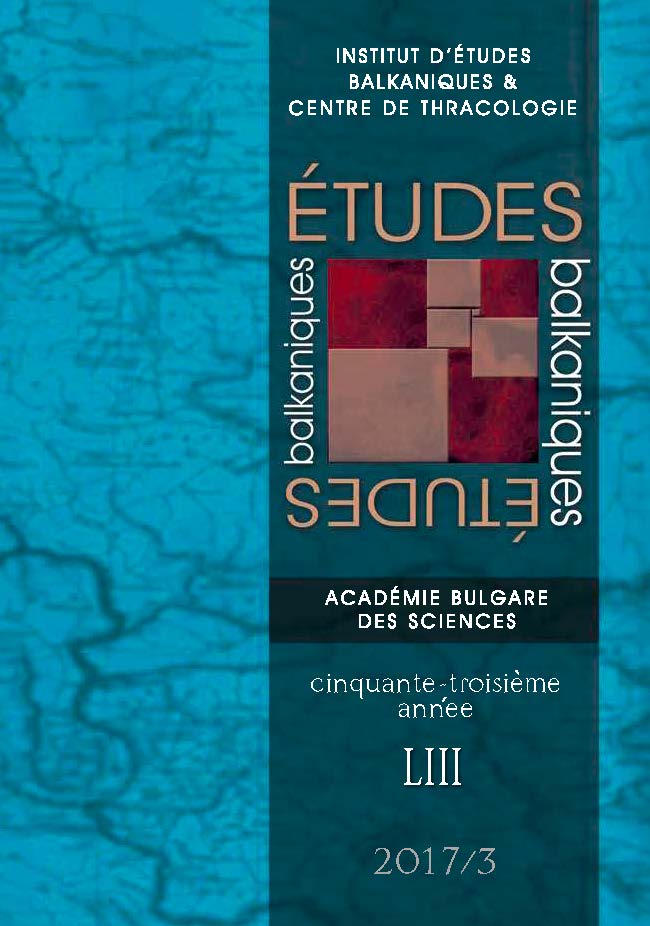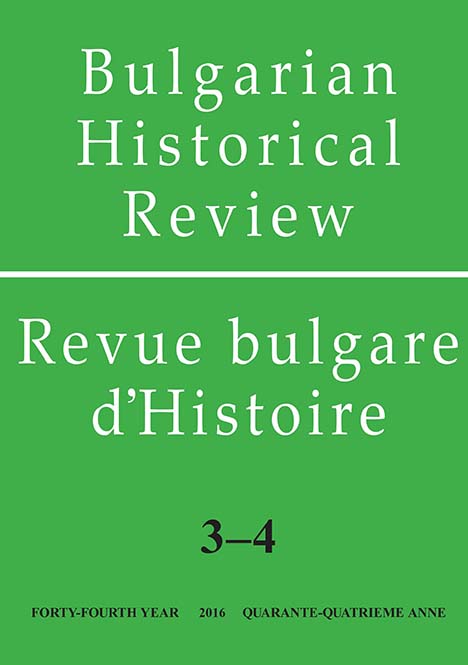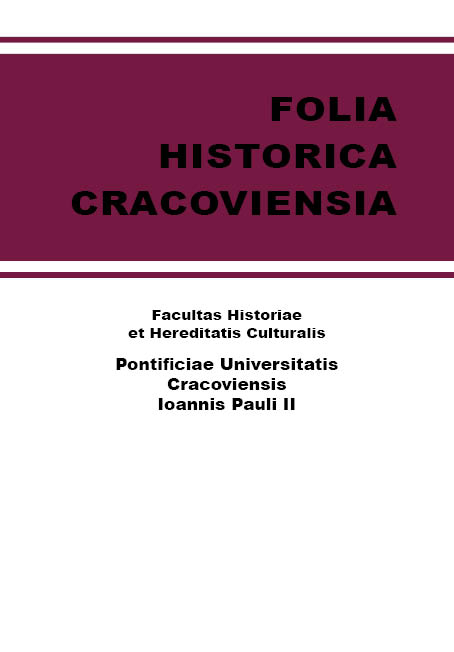
Wyrazy pobożności eliańskiej karmelitów w dobie nowożytnej
Der Prophet Elija gilt in der karmelitanischen Tradition für den geistlichen Stifter des Ordens. Seit Beginn, also der Behauptung des Karmelitenordens im 13. Jahrhundert, ist er der geistliche Führer der Karmeliten. Die Frömmigkeit des Ordens, die an Elija gerichtet wurde, intensivierte sich im 17. Jahrhundert auf der Grundlage der historiographischen Werke der Karmeliten sowie deren Kritik durch Bollandisten. Zu Ausdrücken elianischer Tradition gehörten die Elemente des Ordenskleides und des Ordenswappens, die Ikonografie, die Annahme von Ordensnamen, die Literatur und die Liturgie. /Prorok Eliasz w tradycji karmelitańskiej uchodzi za duchowego założyciela zakonu. Od początków sformalizowania zakonu karmelitów w XIII wieku jest on dla nich przewodnikiem duchowym. Pobożność zakonna skierowana ku Eliaszowi zintensyfikowała się w XVII wieku na skutek karmelitańskich prac historiograficznych, a także ich krytyki przez bollandystów. Wyrazem eliańskiej tradycji były elementy habitu i herbu zakonnego, ikonografia, przybieranie imion zakonnych, piśmiennictwo oraz liturgia.
More...
